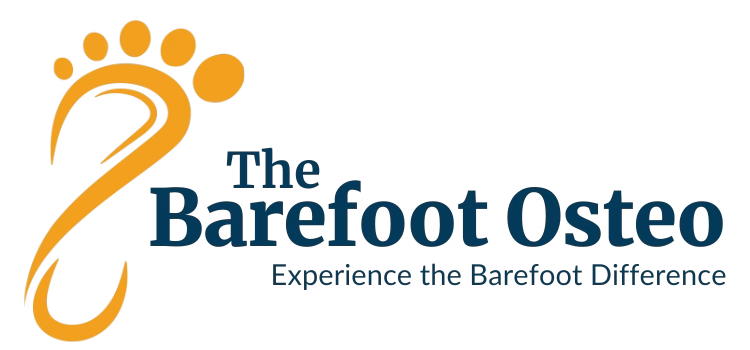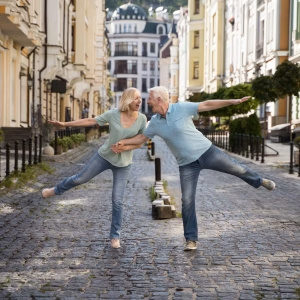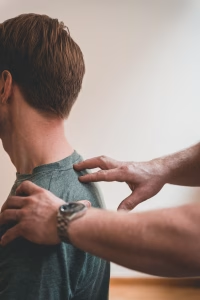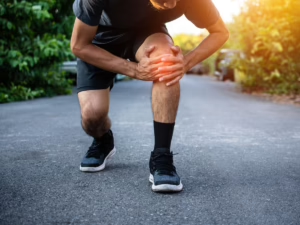The psychology of barefoot running offers valuable insights into why so many people are drawn to this natural form of movement. Barefoot running is not just about physical fitness; it taps into deeper psychological motivations and personality traits that go beyond conventional running practices. In a world dominated by cushioned running shoes, what drives individuals to choose minimalism and reconnect with the ground beneath their feet? Exploring the psychology of barefoot running reveals a unique blend of openness to new experiences, body awareness, and a desire to enhance both mental and physical well-being.
Barefoot running and living are often viewed as unconventional in a world dominated by modern footwear. Yet, this practice is gaining traction among individuals drawn to its promise of natural movement, injury prevention, and a deeper connection with the body. But what drives people to embrace barefoot living, especially when running shoes are engineered to protect us from harm? Exploring the psychological aspects of barefoot living reveals more than just a preference for minimalism. Runners and individuals who embrace barefoot living often exhibit distinct personality traits and motivations that go beyond comfort or health. The shift toward barefoot running aligns with a broader movement towards reconnecting with natural, instinctive movement patterns. By understanding the psychological drivers behind this trend, we can better appreciate why so many choose to adopt this lifestyle.
In this blog, we delve into the psychology of barefoot living, examining the traits that define barefoot runners, their motivations, and how barefoot running fits into the broader barefoot living evolution. We will also explore how modern science and ancient practices converge to offer both physical and psychological benefits, making barefoot living a holistic lifestyle choice.
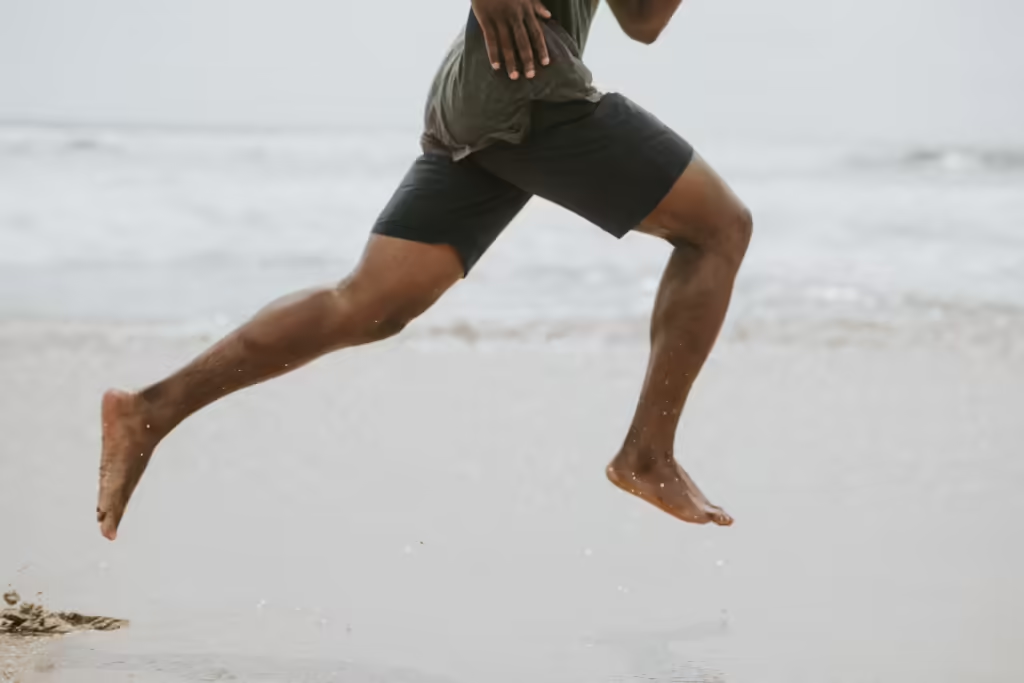
Personality Traits of Barefoot Runners
Studies have shown that barefoot runners often share certain psychological characteristics that set them apart from their shod counterparts. One of the most prominent traits is openness to new experiences. This trait is associated with curiosity, creativity, and a willingness to explore unconventional practices. Individuals who choose to go barefoot often question societal norms, opting for natural movement over the structured, cushioned support that shoes provide.
In contrast, barefoot runners tend to score lower on conscientiousness, a trait linked to caution and organization. This may explain why barefoot runners are more willing to take risks and engage in a practice that requires adjusting their gait and exposing their feet to natural terrain. Many barefoot runners report feeling more connected to their bodies, attributing this increased awareness to proprioception—the body’s sense of its position in space.
This heightened awareness is another key trait of barefoot runners: body mindfulness. Barefoot living demands careful attention to foot placement, form, and terrain, cultivating a deeper sense of body awareness. Runners often describe the experience of barefoot running as more engaging and rewarding, as it requires them to remain present in the moment and adjust their movements based on immediate feedback from the ground.
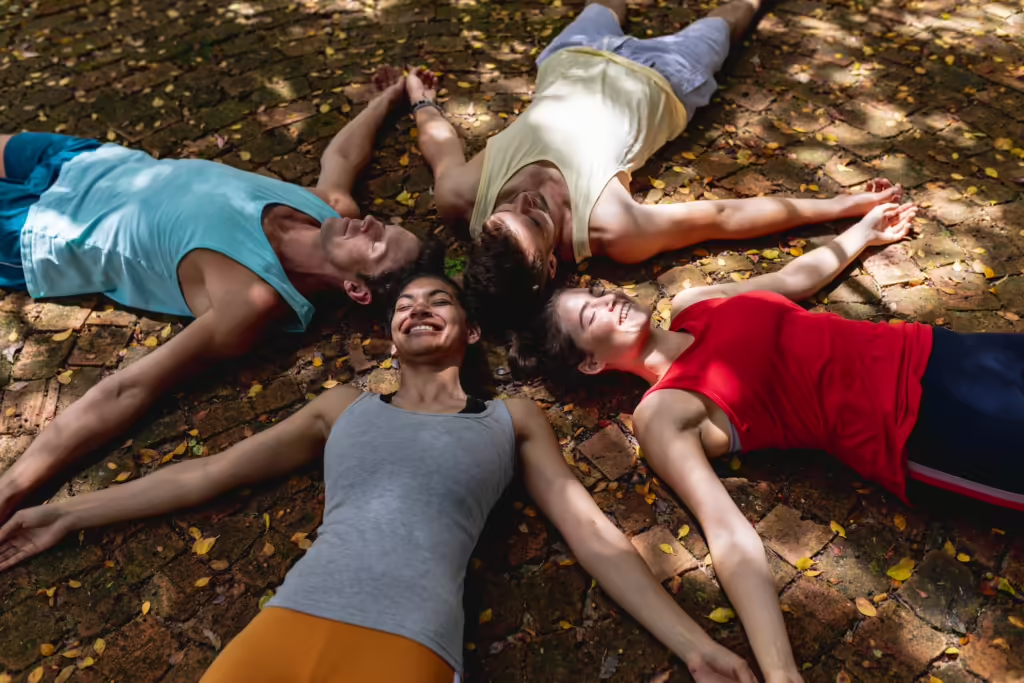
These psychological traits suggest that barefoot runners may not only seek physical benefits but also a mental challenge that aligns with their values of natural movement and holistic well-being. Their openness to risk-taking and the desire to reconnect with their bodies sets them apart from those who prefer the safety and structure of modern footwear. This contrast in mindset becomes even more apparent when comparing barefoot runners to those who choose traditional running shoes, or shod runners, who often prioritize external support and cushioning.
Comparing Barefoot and Shod Runners
When comparing barefoot runners to their shod counterparts, the psychological differences become clear. Shod runners, who score higher on conscientiousness, tend to prefer the structure and perceived safety provided by modern running shoes. They are more likely to believe that cushioned shoes protect them from injuries and enhance their performance. The psychology of barefoot running, however, highlights a different mindset. Barefoot runners challenge the conventional assumptions about footwear, favoring a minimalist approach that aligns with natural movement. While shod runners may prioritize comfort and external protection, barefoot runners seek a deeper connection with their bodies and the ground beneath their feet, reflecting distinct psychological motivations tied to openness, risk-taking, and body awareness.
The barefoot living evolution reflects a shift away from relying on external support and instead focuses on strengthening the foot’s natural abilities. Barefoot runners report greater satisfaction with the natural feedback they receive from the ground, allowing them to adapt their running technique based on real-time sensations. This adaptability encourages runners to adjust their form and foot strike to reduce impact, preventing common injuries such as shin splints and knee pain.
While barefoot running is often seen as riskier due to the lack of foot protection, advocates argue that the proprioceptive feedback gained through direct contact with the ground promotes safer and more efficient movement. This contrast between the structured support of shod running and the natural mechanics of barefoot running highlights the psychological appeal of barefoot living for those who value body awareness and control.
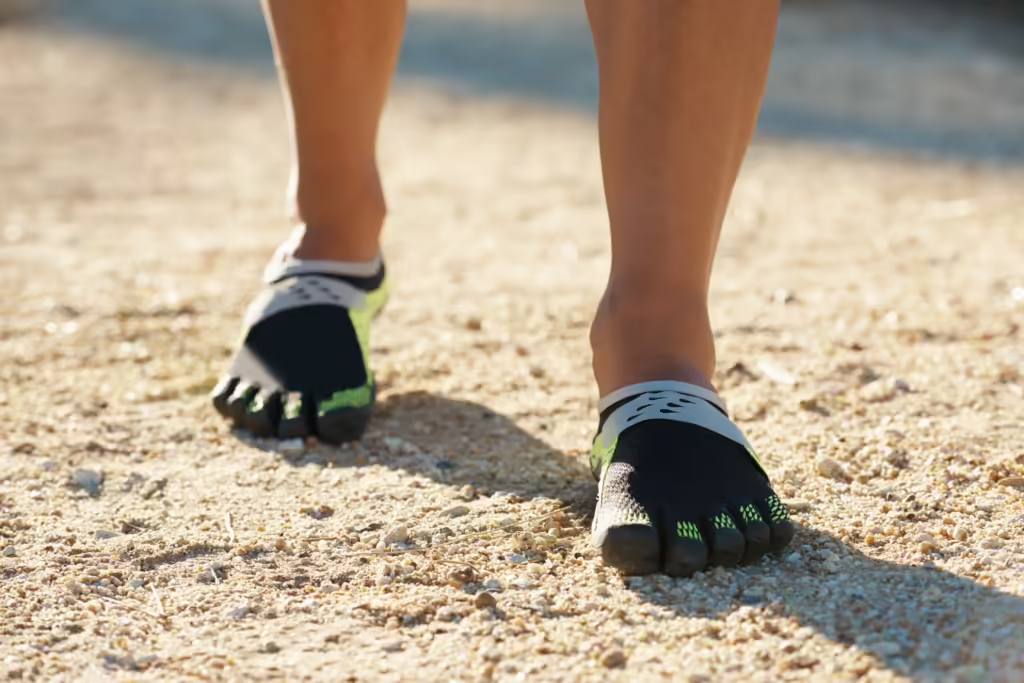
Psychology of Barefoot Running: Why Do People Choose It?
One of the most compelling reasons runners switch to barefoot living is the desire to avoid or heal from chronic injuries. Many runners turn to barefoot running after experiencing repetitive stress injuries while wearing traditional shoes. By allowing their feet to move naturally, they aim to correct biomechanical issues that arise from over-reliance on cushioned footwear.
Another significant factor is the pursuit of running efficiency. Research shows that barefoot runners tend to adopt a shorter stride and land on their midfoot or forefoot, reducing impact forces on their joints. This efficiency is particularly important for long-distance runners, as it allows them to conserve energy and maintain a steady pace over extended periods. For these runners, barefoot living offers not only physical benefits but also the mental satisfaction of knowing they are running in a way that aligns with their body’s natural mechanics.
Some individuals are also drawn to the psychological connection barefoot running fosters with the earth. Running without shoes allows them to feel more grounded and in tune with nature. This connection can be particularly appealing to those who value holistic health practices and seek to integrate natural living into their daily routines. For them, barefoot living isn’t just a way to prevent injuries—it’s a lifestyle choice that aligns with their broader values of health, sustainability, and natural movement.
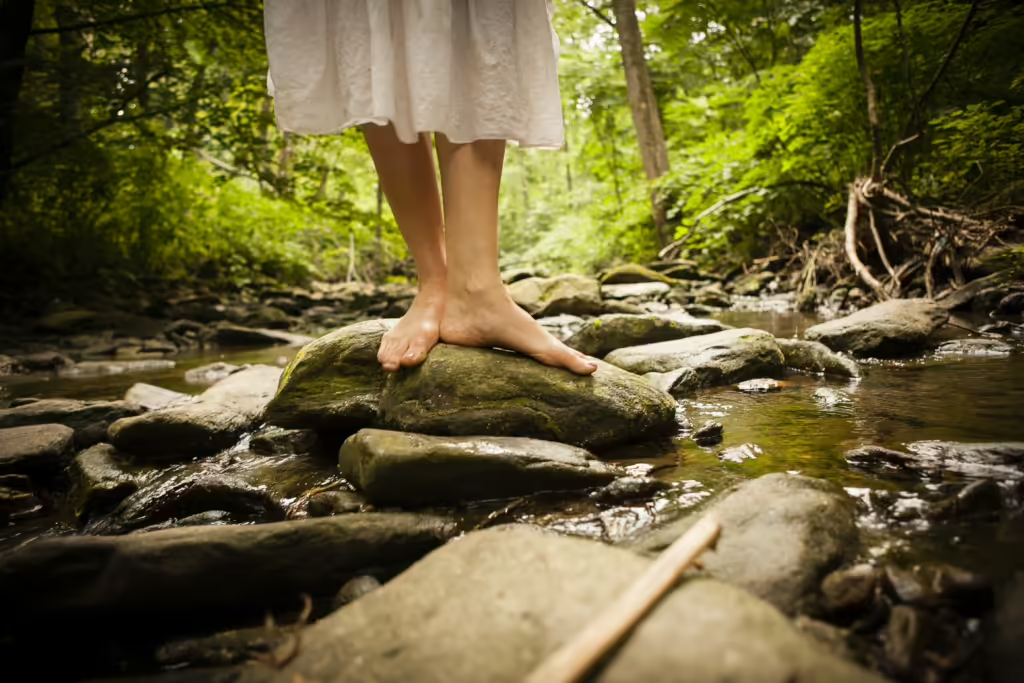
Embracing barefoot living often reflects a deeper commitment to holistic health, where natural movement becomes part of a larger effort to live more in harmony with the body and the environment. These individuals tend to prioritize practices that promote longevity, mindfulness, and a reduced reliance on modern technologies that interfere with innate body mechanics. This alignment with nature and sustainability is what makes barefoot living appealing as more than just a fitness choice—it becomes a way of life. This is where the health and performance benefits of barefoot living take center stage, as runners seek to achieve both physical and mental well-being through natural movement.
Psychology of Barefoot Running: Health and Performance Benefits
The health benefits of barefoot living extend beyond psychological appeal. Studies suggest that running without shoes encourages a midfoot or forefoot strike, which reduces impact forces on the knees and hips. Barefoot runners often report fewer injuries compared to those who wear heavily cushioned shoes, as their natural running form distributes impact more evenly across their joints.
Additionally, barefoot running strengthens foot muscles, particularly the intrinsic muscles of the feet and lower legs. This strength contributes to better balance and stability, making runners less prone to falls and sprains. Barefoot living also promotes proprioception, or the body’s ability to sense its position and movement in space. Improved proprioception leads to greater body awareness and helps runners make quick adjustments to their form, reducing the risk of injury.
The psychological benefits of barefoot living are equally significant. Many barefoot runners describe a heightened sense of mindfulness and connection to their bodies. This increased awareness allows them to focus on their form, foot placement, and overall movement patterns, leading to improved performance and reduced strain. Whether running for fitness or competition, the barefoot living evolution offers a holistic approach to both mental and physical well-being.
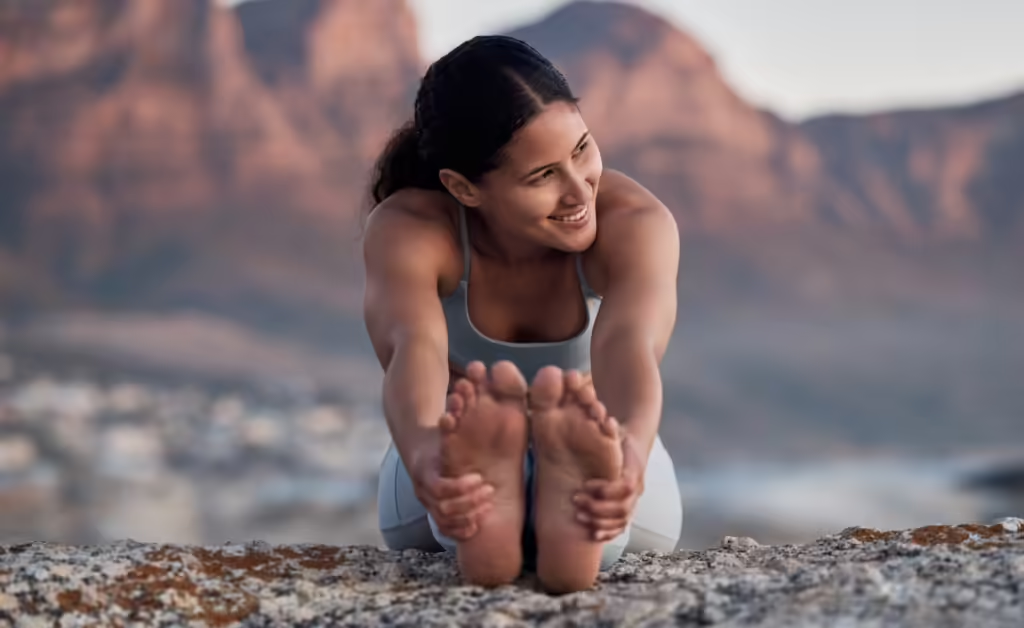
Conclusion
Barefoot living, particularly in the context of running, offers a unique blend of physical and psychological benefits. From injury prevention to enhanced proprioception, barefoot runners are often drawn to the natural mechanics of the body and the heightened sense of connection with the ground. The barefoot living evolution continues as more people embrace the idea that running naturally is not only safer but also more efficient.
Ultimately, the choice to adopt barefoot living reflects a broader mindset—one that values natural movement, holistic health, and a deep connection with the body. Whether you’re a seasoned runner looking to improve efficiency or someone recovering from injury, barefoot living offers a pathway to greater well-being. The true power of barefoot living lies in its ability to reconnect us with our most primal movement patterns, offering a simple yet transformative way to enhance both mental and physical health.
Ready to experience the benefits of barefoot living? Take the first step today—whether it’s spending more time barefoot or transitioning to minimalist footwear—and see how it can transform your health and movement from the ground up. By embracing this natural practice, you’ll discover a more balanced, grounded, and resilient version of yourself. Book a consultation now at The Barefoot Osteo to discuss how our personalized approach to barefoot living can help you achieve better mobility, balance, and overall health.
References
Aerts, P., & D’Aout, K. (2009). Effects of habitual footwear use: Foot shape and function. Footwear Science, 1(2), 81-94.
Hanson, N., & Buckworth, J. (2016). Personality characteristics of barefoot runners: Openness and conscientiousness as defining traits. Sport Sciences for Health, 13, 33-38.
Lieberman, D. E. (2011). Barefoot running: Biomechanics and implications for running injuries. Current Sports Medicine Reports, 10(3), 132-137.
Robbins, S. E., & Hanna, A. M. (1987). Running-related injury prevention through barefoot adaptations. Medicine & Science in Sports & Exercise, 19(2), 148-156.
Turpin, N. A., Thambyah, A., Tan, C. W., & Wilson, J. L. (2017). Plantar pressures in three types of indigenous footwear compared to barefoot walking. Journal of Biomechanics, 55, 71-78.
